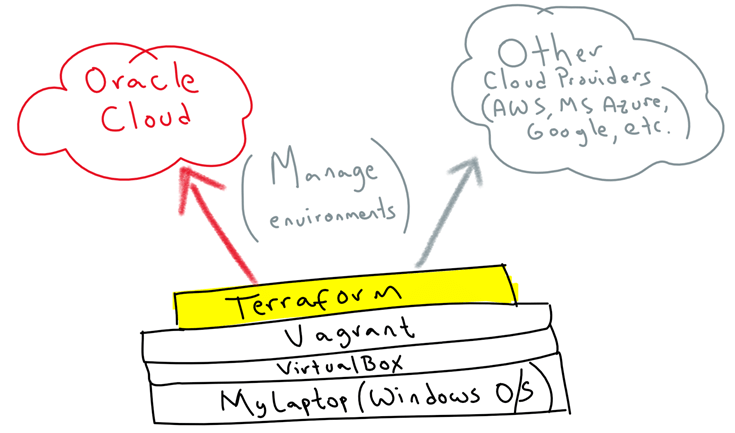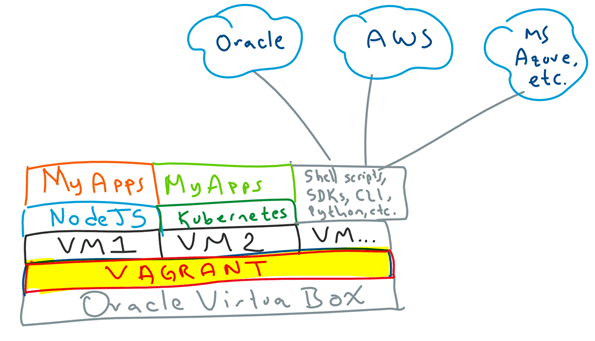Here is a quick cheat sheet if you ever wanted to build a mobile app that can take advantage of the camera built into the device, capture the vehicle or vehicles nameplate(s) in a frame and process that image and send it on API that can analyze the image and relay back the information it just scanned. This app can be extended to fulfil requirements like checking if the vehicle registration is up to date or insurance renewal is overdue etc. provided if there are APIs already available that can deliver this information.
So what is the tech involved in building this app?
- To build a mobile app that can be deployed on iOS or Android, I used the Visual Builder service from the Oracle Cloud stack. This service provides the capability to build Web as well as Mobile applications through a declarative approach with the ability to introduce code for any complex requirements.
- To store the captured image and use the image for downstream application purposes I used the Oracle Content & Experience service that comes with a rich set of APIs for content ingestion, public document link generation etc. From an enterprise architecture viewpoint, it makes sense to store the images with metadata in a content store, so I decided to archive the image using this service as part of the mobile app build process.
- The most significant bit is to use a library / API that can process the image or OCR and send back the information we are interested n. For these purposes, I used the open source ALPR library. There are API’s available already if you want to fast track your app.
- This one is optional. If you want to validate the information captured, we can set up a few API’s using the Oracle Autonomous Database with some data to complete the validation flow in the app.
This is what the Architecture would look like :

Continue reading “License Plate Recognition Mobile App using Oracle Cloud Stack”






